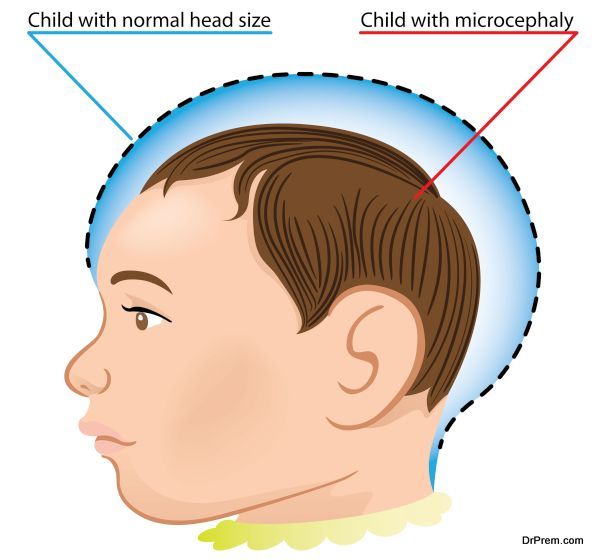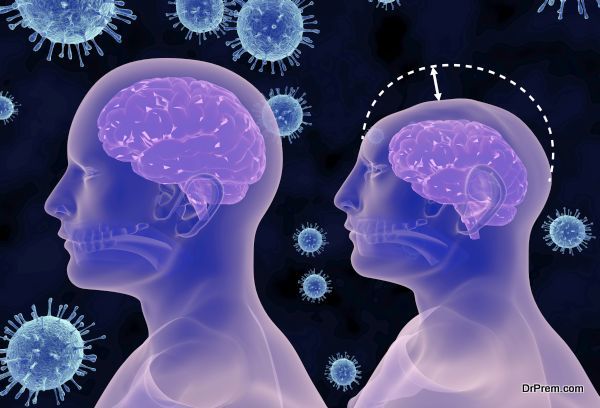The last few months saw headlines around the world screaming about the Zika virus and the condition caused in new born infants: microcephaly. Microcephaly is a condition that causes an infant’s head to be much smaller than the normal head size of any other individual of the same age or sex. This usually occurs when the brain development of an infant is not proper at the prenatal stages. And no, Zika virus is not the only cause of this condition. Here are some facts you need to know about the condition in order to understand it better.
Common causes for Microcephaly
Although a concrete cause for microcephaly has not been established, some of the more common causes for the condition in infants include severe malnutrition during the prenatal stages, genetic disorders, infections, methylmercury poisoning, uncontrolled phenylketonuria (in the mother) and use of certain medications during pregnancy.
Diagnosing Microcephaly
Microcephaly is usually diagnosed during and after pregnancy. A routine examination where head measurements of the infant are made during the first 18 months will determine if an infant is suffering from microcephaly. The attending doctor will usually take a number of tests over a period of time to ascertain whether the baby’s head is growing at a slower rate when compared to the rest of the body. The doctor may also note certain other symptoms related to microcephaly if the condition is identified in the infant.
Symptoms one needs to look out for
The standard symptom that is a dead giveaway of microcephaly is the small head circumference that remains small even as the body experiences normal growth. Some of the other symptoms that may or may not occur over a period of time include dwarfism, mental retardation, facial distortions, delayed motor and speech functions, balance and coordination problems, hyperactivity, seizures and several other neurological problems.
Some other problems that are also associated with microcephaly in infants include convulsions, intellectual disability, developmental disorders, feeding problems (like difficulty in swallowing), vision problems and hearing loss. These problems along with the other symptoms can be mild or severe and may last an entire lifetime in most cases.
Treating Microcephaly in children
Microcephaly and its symptoms are considered chronic and can last a lifetime in most children affected by the condition. Unfortunately, there is neither a known cure for microcephaly nor any current standard treatment protocol that will help cure the condition once and for all.
The treatment options for the condition also differ according to the severity of the symptoms. In some cases, infants with mild microcephaly do not experience any of the other symptoms apart from a small head. All these babies need are regular checkups to monitor growth and development.
Babies with severe microcephaly, however, need a whole other range of treatment options depending on which symptoms they experience. The treatment plan will also focus on these symptoms and the other health problems associated with the condition.
Early intervention in the form of developmental services and exercises can help babies with microcephaly improve their physical and psychological abilities as they grow. These services will center on important physical and intellectual developmental aspects and include physical, occupational and speech therapies. In some cases, medications may also be prescribed to control other symptoms like seizures and convulsions.
Prognosis for Microcephaly
The prognosis for babies affected by microcephaly is often poor. In addition to experiencing a reduced life expectancy when compared to normal individuals, these babies also have very low chances of ever attaining proper brain growth, development and function. A child with the condition will therefore, need to be routinely monitored and guided by a medical team which will focus on improving the health and wellbeing of the former.
Microcephaly is a condition characterized by a very small head size when compared to the rest of the body. The condition is caused due to a variety of reasons other than the Zika virus and is known to cause lifelong growth and developmental defects in individuals.









